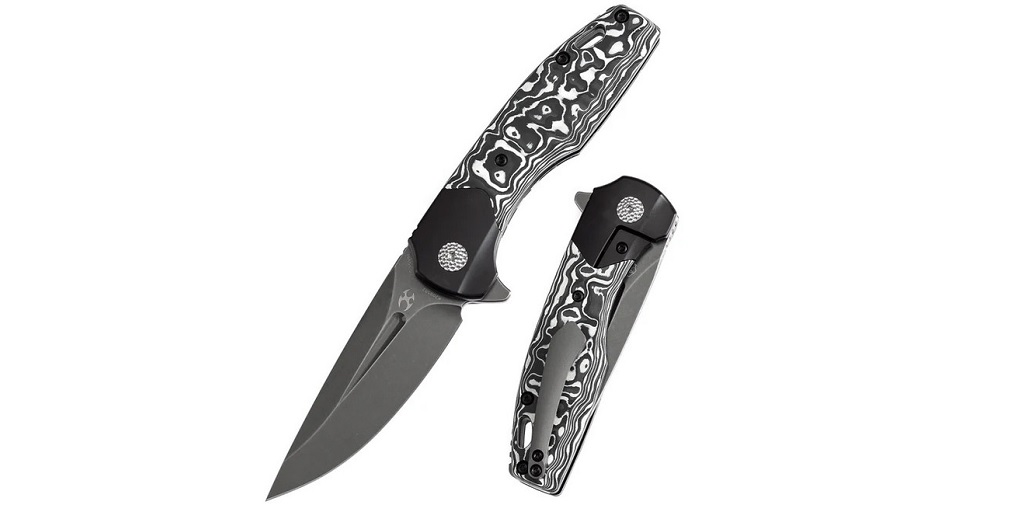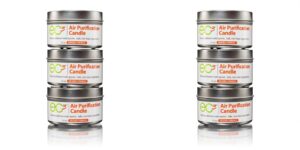
Just like knife weight, size, and steel alloy, a folding pocket knife’s blade profile will significantly impact its utility. It’s something you should consider before you get a new knife for EDC. These are some of the most popular profiles, some of which are more practical than others.
Drop Point
Drop point knives have a spine that slopes gently downward to meet the point. These are perfect for general utility as they are not too specialized. It is also one of the most common blade profiles.
Straight Back
A straight back knife is just what it sounds like. It has a straight spine that meets the point. Generally, the belly is gently swept. Like drop point knives they are great for all-purpose applications.
Clip Point
A clip point blade is like a drop point, except that towards the point, a short radius has been “clipped” out of the spine. This leaves a swept, inward curve in the spine near the point that is generally swedged or sharpened to a false edge. It also results in a very fine tip.
Swept Point/Trailing Point
A swept point blade profile has a point that trails behind the spine of the knife, hence the other name. These profiles are best for making long, sweeping cuts.
Needle Point
A knife with a needle point profile, like a stiletto, has a very fine point. They may be sharpened on one or both edges. Generally, this style is best for piercing and not much else, as it is a relatively fragile profile.
Spear Point
A spear point profile is like a needle point but more robust. Both sides of the blade – the edge and the spine, come together to meet at the point, such that you can’t tell just by looking at the profile which is the sharpened edge. This is another very popular profile and useful for general utility.
Talon/Hawkbill
In a talon or hawkbill blade, the point of the profile is swept inward toward the handle. This profile is best for making draw and pull cuts, as well as for pruning. It has its applications, but the profile is somewhat limiting and the edge is very hard to sharpen.
Sheepsfoot
In a sheepsfoot blade, the spine of the knife is downturned toward the point, sloping to meet it, like a spear point but much more aggressively. The edge is usually but not always straight. Usually sheepsfoot blades have thick blade stocks and spines and very robust points that are not ideal for piercing. Like much larger cleavers, these blade styles are best for chopping, dicing and slicing.
Spey
A spey blade is a niche profile that was once very common on traditional pocket knives. In it, the belly is swept up to a point that drops to meet it, sort of like a hybrid between a sheepsfoot and a drop point. Historically, spey blades were used for neutering and spaying livestock, hence the name.
Wharncliffe
In a wharncliff, the edge of the blade is usually straight, with a sloped spine that comes down to meet it. This results in excellent piercing efficiency, like a needle point, with more stock near the tip, like a sheepfoot. As a result, wharncliffes, or “wharnies” as they are sometimes called, are ideal for both slicing and piercing applications.
Tanto
Tanto blades usually have straight or slightly swept spines and corresponding bellies. Near the tip, there is a differential grind that creates a unique bevel and geometry, resulting in a very strong tip that is unlikely to break.
Leaf
Leaf-patterned blades are narrower at the shoulder and flare out, sort of like a leaf shape, through the belly and spine, converging again at the tip. Normally the tip is not that fine. Many Spyderco knives have leaf-shaped blades.
Pick Up a Folding Pocket Knife from One of the Top Brands
Armed with this information you can talk more authoritatively the next time you’re showing off one of your prized knives. If you’re in the market for a new one, check out what’s available online at White Mountain Knives. They carry a wide range of pocket knives in a variety of shapes and styles, and offer competitive prices, along with free shipping in the U.S.


